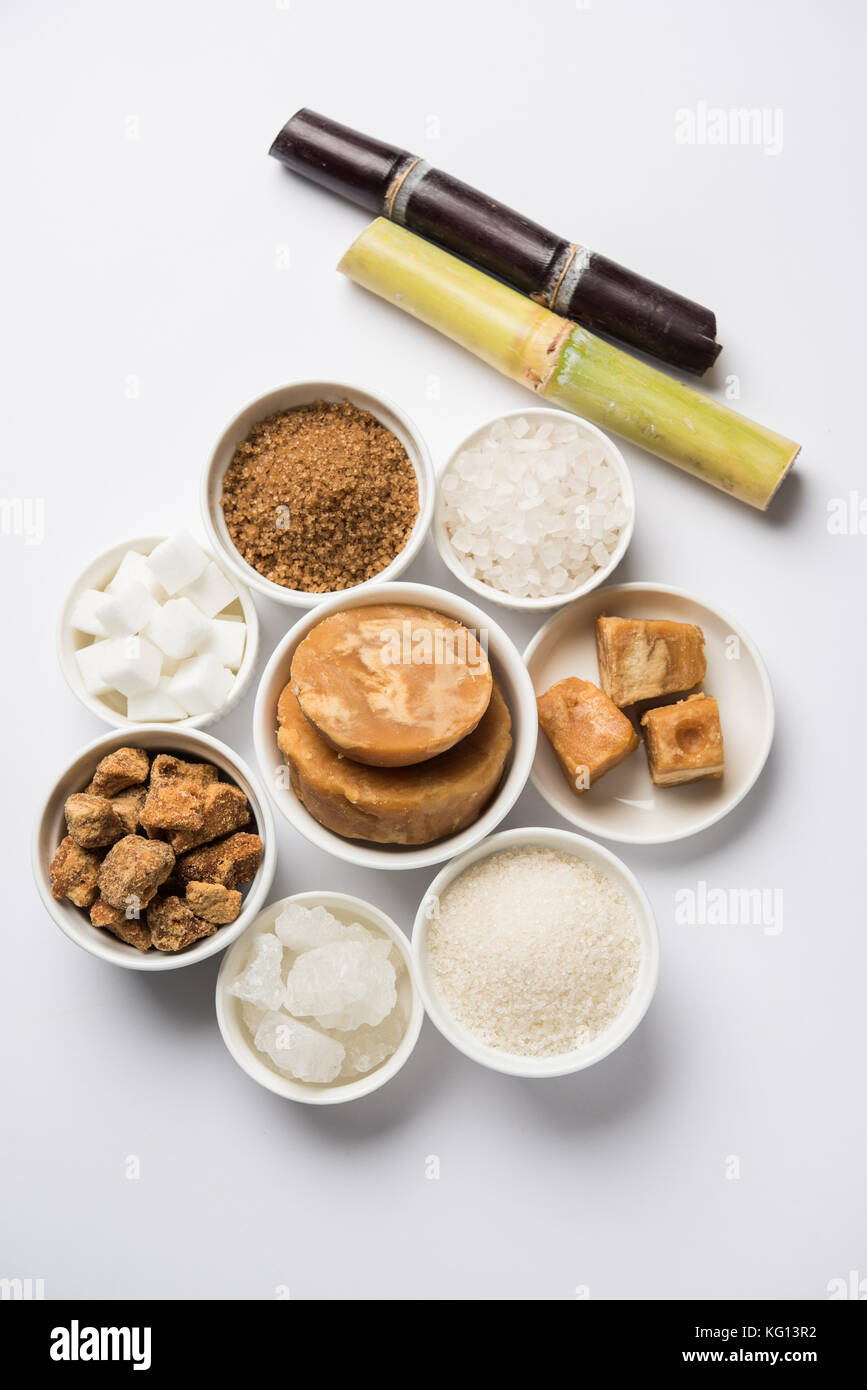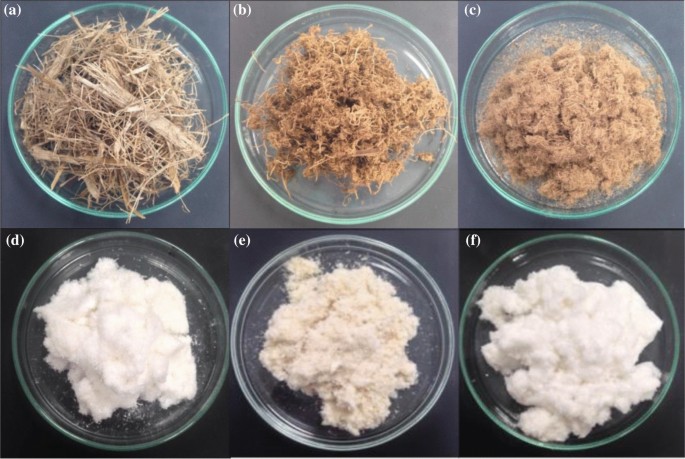Sugarcane Product in Traditional Medicine: Therapeutic Benefits You Should Know
The Journey of Sugarcane: From Harvest to Everyday Products
The journey of sugarcane is a multifaceted procedure that starts with meticulous farming and finishes in a selection of items that permeate our day-to-days live. From the moment the canes are harvested at their top sucrose levels, they go through a collection of elaborate actions, consisting of cleaning, squashing, and information. These processes not only generate sugar yet additionally open a variety of by-products, such as ethanol and biodegradable product packaging materials. As we explore the various facets of sugarcane's journey, its role in sustainability and the broader implications for our environment come right into sharper focus. What exists beyond the sweet surface?
Farming of Sugarcane
The farming of sugarcane is an essential farming process that requires details environmental conditions and monitoring practices. Optimal growth happens in subtropical and exotic regions where temperature levels vary in between 20 ° C and 32 ° C. Adequate rains or irrigation is vital, as sugarcane prospers in moist soil with well-drained conditions (sugarcane product). Dirt quality significantly influences return; therefore, farmers commonly carry out dirt examinations to figure out nutrient demands
This method helps with effective gathering and makes best use of sunshine exposure. Plant turning and intercropping are advised methods to enhance soil fertility and lower insect infestations.
Prompt application of these plant foods can considerably enhance sugar returns. In general, effective sugarcane farming hinges on a mix of ecological stewardship, tactical planning, and ongoing administration methods.
Harvesting Strategies
Successful sugarcane farming finishes in the harvesting phase, which is essential for making the most of return and ensuring top quality. The timing of the harvest is critical; sugarcane is generally gathered when sucrose levels optimal, usually between 10 to 18 months after planting. This duration differs based upon climate, soil type, and sugarcane range.
Collecting methods can be generally classified into guidebook and mechanical approaches. Hand-operated harvesting is labor-intensive, counting on knowledgeable employees that use machetes to cut the stalks close to the ground. This method permits for discerning harvesting, where only the ripest canes are chosen, thereby boosting overall sugar material.
Alternatively, mechanical harvesting has actually gained popularity due to its efficiency and cost-effectiveness. Specialized harvesters geared up with cutting knives and conveyor systems can refine huge areas rapidly, significantly reducing labor costs. This method may lead to the incorporation of premature walking canes and a potential decrease in sugar quality.

No matter the technique utilized, making certain that gathered walking canes are delivered rapidly to processing facilities is crucial. Trigger taking care of reduces perishing and maintains the stability of the sugarcane, establishing the phase for optimal handling.
Handling Approaches
Processing sugarcane includes numerous important actions that transform the harvested stalks right into functional items, mainly sugar and molasses. The preliminary stage is cleaning the walking stick to remove dirt and particles, complied with by the removal of juice through squashing or milling. This procedure typically uses heavy rollers that damage the cane fibers to release the pleasant liquid contained within.
As soon as the juice is drawn out, it undergoes information, where contaminations such as soil bits visite site and bagasse are removed. This is commonly achieved by adding lime and heating the juice, permitting sedimentation. The made clear juice is then concentrated through dissipation, where water material is minimized, causing a thick syrup.

Ultimately, the handling of sugarcane not just creates sugar and molasses yet likewise prepares for numerous derivatives, which will certainly be discovered in succeeding conversations.
Products Derived From Sugarcane
Sugarcane is a flexible plant that produces a wide range of products beyond just sugar and molasses. Among the key by-products are ethanol and biofuels, which have gotten prestige as sustainable power resources. Ethanol, created via the fermentation of sugarcane juice, acts as an alternate to fossil gas and is often blended with fuel to create cleaner-burning fuels, decreasing greenhouse gas discharges.
Furthermore, sugarcane is a considerable source of bagasse, the fibrous residue continuing to be after try this site juice extraction. Bagasse is used in different applications, including the manufacturing of paper, naturally degradable product packaging, and as a biomass gas for power generation. Its usage not just reduces waste however additionally boosts the sustainability of sugarcane processing.
Moreover, sugarcane-derived items encompass the food market, where it acts as a natural flavor agent and sugar in different cooking applications. In the world of cosmetics, sugarcane removes are incorporated into skincare products because of their all-natural exfoliating homes.
Environmental Impact and Sustainability
The farming and processing of sugarcane have significant implications for environmental sustainability. This plant calls for significant water resources, commonly leading to deficiency of regional water supplies and impacting surrounding communities. In addition, the usage of fertilizers and chemicals in sugarcane farming can result in dirt deterioration and river air pollution, posturing threats to biodiversity.

Lasting sugarcane farming additionally promotes dirt health via plant turning and lowered husbandry, boosting carbon sequestration. The fostering of these techniques not just sustains ecological honesty yet likewise enhances the resilience of farming neighborhoods versus environment change.
Verdict
In recap, the trip of sugarcane encompasses numerous stages from farming to processing, eventually causing a large selection of products. The significance of sugarcane extends beyond plain sugar, adding to renewable resource via ethanol production, lasting product packaging using bagasse, and all-natural extracts for cosmetics. This diverse crop plays a critical duty in both nutritional enrichment and ecological sustainability, highlighting its value in modern agricultural and industrial techniques.
Successful sugarcane farming finishes in the harvesting phase, which is essential for taking full advantage of return and guaranteeing high quality. The timing of the harvest is essential; sugarcane is generally gathered when sucrose degrees optimal, normally in between 10 to 18 months after planting.Handling sugarcane includes a number reference of essential actions that change the collected stalks into usable products, mainly sugar and molasses.Sugarcane is a functional plant that yields a wide range of products past just sugar and molasses. Additionally, the use of plant foods and chemicals in sugarcane farming can result in soil destruction and waterway air pollution, posing threats to biodiversity.